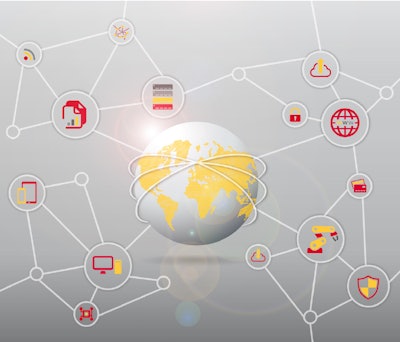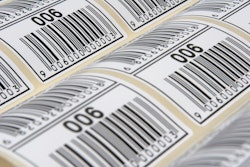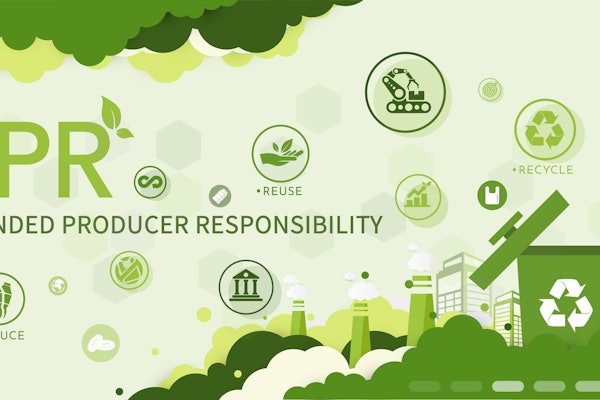More than 75% of businesses recognize the potential cost reduction benefits of information technologies, yet point to organizational challenges as roadblocks to adoption. Meanwhile, 95% of companies have yet to realize the full benefits of digitalization technologies for their supply chains.
These figures come from DHL’s new digitalization in the supply chain report. The report reveals that new technologies and solutions are developing at a fast-pace and disrupting industries on multiple fronts, with supply chains struggling to keep up. The global survey included nearly 350 supply chain and operations professionals.
“Digitalization and the supply chain: Where are we and what’s next?” is a report by Lisa Harrington, President of the lharrington group LLC, commissioned by DHL to identify how the industry is coping with the fast-changing and disruptive environment posed by the rise of digitalization in the supply chain.
“Next-generation robotics, AI, AVs, blockchain, big data analytics and sensors are among the technologies that businesses must now consider integrating into their operations and supply chain strategies,” says the report. Among its findings were the following:
• Big data analytics represents the most important information solution, with 73% reporting that their company was investing in this technology. Next were cloud-based applications, 63%; the Internet of Things (IoT), 54%; blockchain, 51%; machine learning, 46%; and the sharing economy, 34%.
• Respondents ranked robotics the most import physical technology, at 63%, followed by AVs, 40%; 3D printing, 33%; and augmented reality and drones, 28%.
• 39% of businesses report that they are developing one or more information or analytics solutions, though only 31% are doing the same for physical applications.
What’s behind the slow pace of digitalization technology adoption are symptomatic of traditional organizational change scenarios, noted the report, which pointed to the following reasons noted by survey respondents:
• For hardware technology applications, 68% said reliability was the top concern, followed by resistance to change in their organization, 65%; insufficient or prolonged return on investment, 64%.
• For information and analytics solutions, 78% said organizational siloes and legacy systems were the top impediments, followed by a lack of specialized talent expertise, 70%.
José F. Nava, Chief Development Officer, DHL Supply Chain,said, “This is a transformative juncture for the supply chain industry. The traditional model is facing unprecedented levels of disruption from new hardware technologies combined with information and analytics solutions. Technology offers considerable opportunity to reduce cost and improve profitability, but it also means businesses that fail to adapt risk getting left behind.”
Digitalization progress at DHL
DHL reports that it is partnering with Accenture to test a blockchain concept aimed at preventing the counterfeiting of drugs, which Interpol estimates kills one million people each year. This trial incorporates blockchain into the pharmaceutical supply chain via a track-and-trace serialization system.
“This allows us to securely capture the unique identifier of each unit of a pharmaceutical shipment as it moves through the supply chain,” says Nava. “The technology is nascent, yet promising, and we are excited about the opportunities it could bring to our customers in the future. It is vital for companies to digitalize processes to meet an ever-increasing demand to drive efficiency and flexibility, and improve the customer experience. The results of the research will help to further shape the DHL digitalization strategy.”
DHL says it is using augmented reality in warehouses to drive efficiencies in picking, with warehouse robots improving picking times and supporting employees in repetitive tasks such as packaging services. The company notes that software robots (robotics process automation) are taking over selected back-office processes, and sensors are providing customers with real-time information about the location and condition of their goods, using IoT.
Download the report here.
Register here for the company’s March 21 2 p.m. to 3 p.m. (Eastern) webinar, “Smart Warehouse: Practical Guide for Digital Advantage.”






















